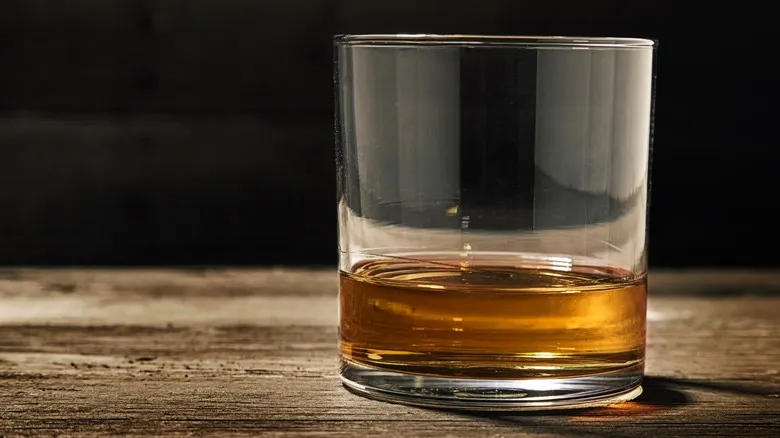The science of adding water to whiskey
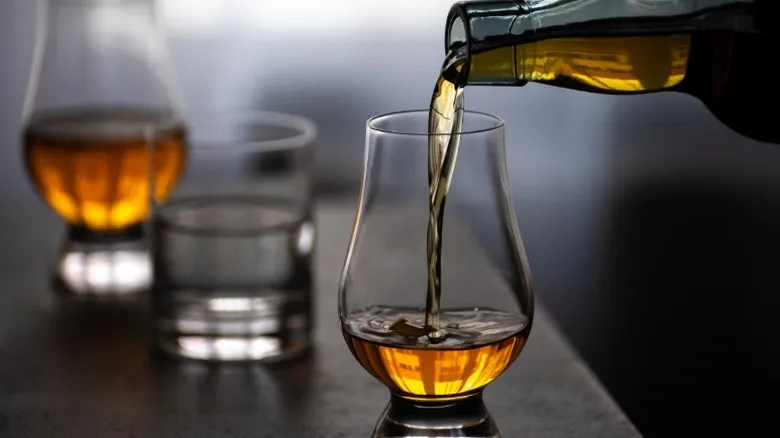
Adam Edwards shared that a dram of whiskey contains numerous compounds, with lipids and oils playing a key role in its flavor profile. These esters and oils can impart delicate fruity notes such as banana, apple, and tropical fruits to the beverage. Since oil and water do not mix, this principle is central to the water drop technique. When water is added, it causes the oil to separate, enhancing our ability to detect those additional flavors. "These oils will react significantly when [water is] introduced, spreading out and revealing more of these volatile flavor and texture compounds," Edwards explained.
Water enhances the aromas in whiskey by breaking the surface tension, allowing ethanol molecules to rise to the surface. For optimal results with the water drop method, it's advisable to order your drink neat rather than on the rocks. Ice can dilute your whiskey as it melts, potentially disrupting the delicate balance achieved by adding just a few drops of water. While some believe that water can lessen the burn, too much can overly dilute the flavor. The ideal water-to-whiskey ratio is a matter of personal preference, so it's best to add water gradually, starting with less than you think you might need.
Recommended
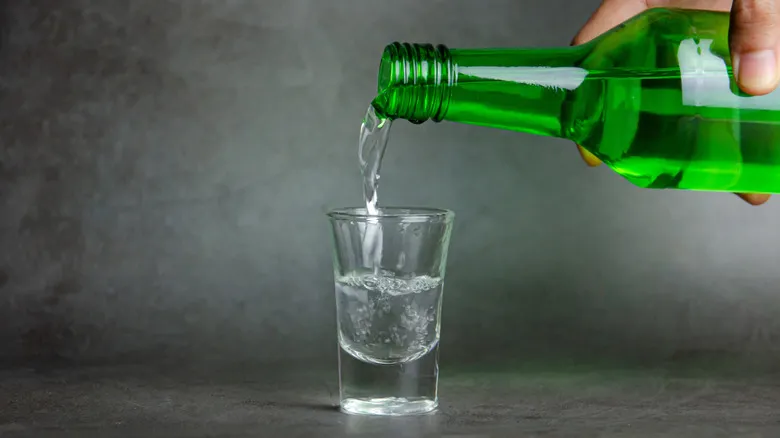
Why Soju Isn't A Worthy Swap For Sake In Recipes
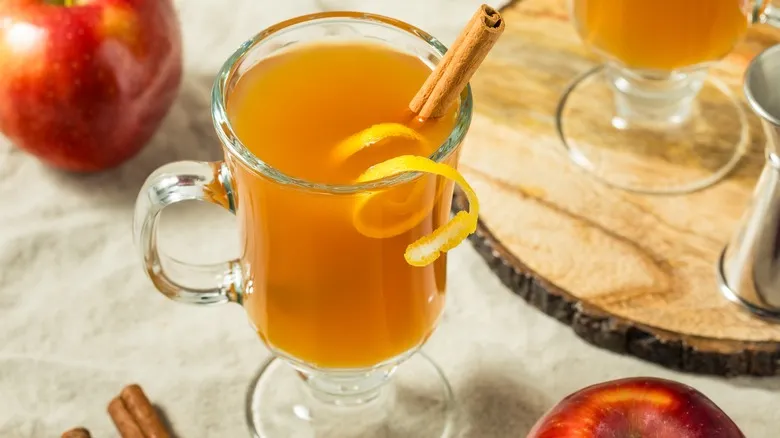
Elevate Spiked Cider With A Simple Toasty Trick

The Best Spices To Used For Spiced Rum
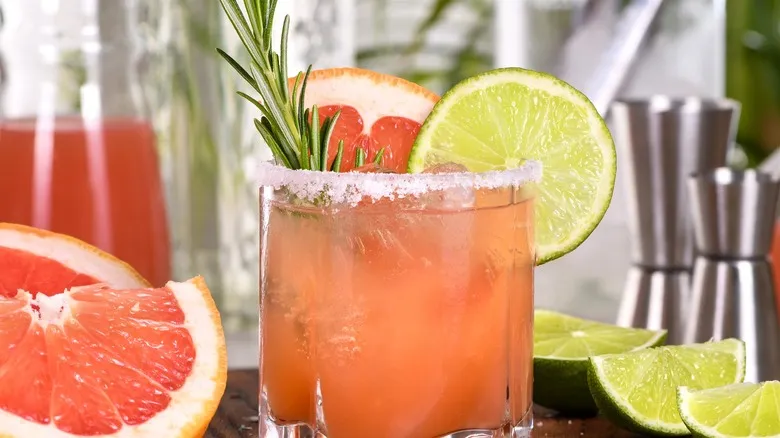
The Best Type Of Tequila For Palomas
Next up

